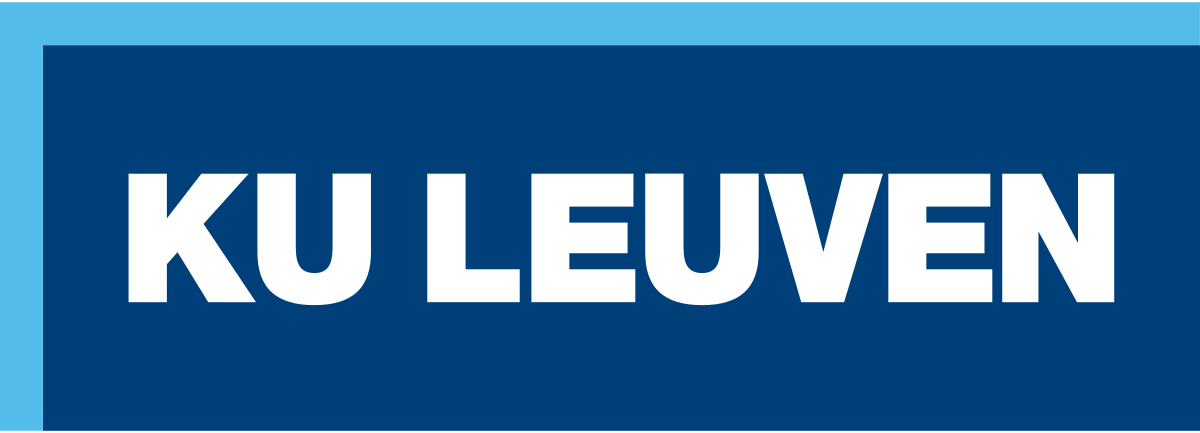KU Leuven: New criteria bring stem cell research a step closer to long-pursued goal
Creating stem cells that can form the basis for any cell type in the fledgling embryo and supporting structures such as the placenta: some call it ‘the holy grail’ of stem cell research. An international research team is proposing new criteria to evaluate whether a mouse stem cell line has this coveted property called ‘totipotency’.
Fluorescence image of mouse embryos and gene expression | © Eszter Posfai and Janet Rossant
Multiplying mouse stem cells in the totipotent state in the lab: stem cell researchers from all over the world have been trying for years, says Professor Vincent Pasque of the Stem Cell Institute and the Department of Development and Regeneration at KU Leuven. “In a developing fetus, you normally only see totipotency during the first few cell divisions of the embryo; after that, the property is quickly lost. Obtaining stem cells in that totipotent state is very difficult. But if you can create them successfully, such a stem cell line would be a big step forward for regenerative medicine research. ”
Researchers are already able to create mouse stem cell lines in a pluripotent state, which can create any cell type of an embryo – but not the supporting placental structures. Scientists can already isolate stem cells that can form the basis for all cell types of the placenta, but not for other embryo cells. The creation of totipotency stem cells, which can contribute to both the embryo and the placenta, has remained out of reach. Vincent Pasque: “Isolating stem cells with totipotency is an important goal in our field right now, and stem cell biologists needed better ways to assess totipotency.”
Checklist for promising candidates
Together with PhD student Adrian Janiszewski and other colleagues from KU Leuven, the Hospital for SickKids in Canada and the Karolinska Institutet in Sweden, Vincent Pasque developed criteria to assess whether a mouse stem cell line shows true totipotency. “I am pleased that we have been able to combine KU Leuven’s expertise in single-cell technology and in stem cell and developmental biology with that of Karolinska and SickKids,” says Vincent Pasque.
The international team decided to join forces based on a shared skepticism about previously published research on stem cells with totipotent properties. Together they generated new data and re-examined existing data. The team determined three criteria that a mouse stem cell line must meet to be a totipotent:
The genetic activity of the cells should be closer to that of a fledgling embryo than that of pluripotent stem cells.
In an artificial environment, the cells must be able to easily transform into placental stem cells or an early embryo-like structure.
The main criterion is that the cells must be able to contribute to both the placenta and the fetus if they are transferred back into an early embryo.
Quest not over yet
The team tested two different mouse stem cell lines that had been reported as potentially totipotent and assessed them against the new criteria. Although both lines showed some differences in gene expression from pluripotent stem cells, they did not resemble totipotent early embryo cells and did not generate certain functional cells in the placenta.
“So the search for a totipotent stem cell is not over yet, so we are looking to our labs for better ways to pinpoint these cell types,” says Dr. Eszter Posfai. “We now have clear criteria for evaluating new cell lines, and all future publications will have to take those criteria into account.”
Single-cell atlas of mouse embryo and stem cell development. Each point shows the gene expression levels in one of the more than 16,000 cells in the atlas. | Credit: Adrian Janiszewski and Vincent Pasque (KU Leuven)
In addition to establishing the criteria, the team also developed a comprehensive analysis of gene expression and cell-level regulation for embryos and various pluripotent stem cell lines. ” Single-cell technologies are transforming our ability to understand embryos and stem cells,” says doctoral student Adrian Janiszewski (KU Leuven). “We have made reference datasets and codes available online as an invaluable resource for further research.”
“Now we can study gene regulation with atlases of thousands of individual cells, allowing us to determine how gene regulatory networks control cell identity, embryo development and stem cell status,” adds Pasque. “The fundamental understanding of the criteria for totipotency. of stem cells in mice could also help create human totipotent stem cells by reprogramming differentiated patient cells. Human totipotent stem cells will be very important to understand the mechanisms behind embryo and placenta development. And once we better understand these mechanisms, we can try to apply this knowledge to find better therapies in regenerative medicine ”.

